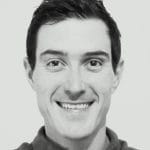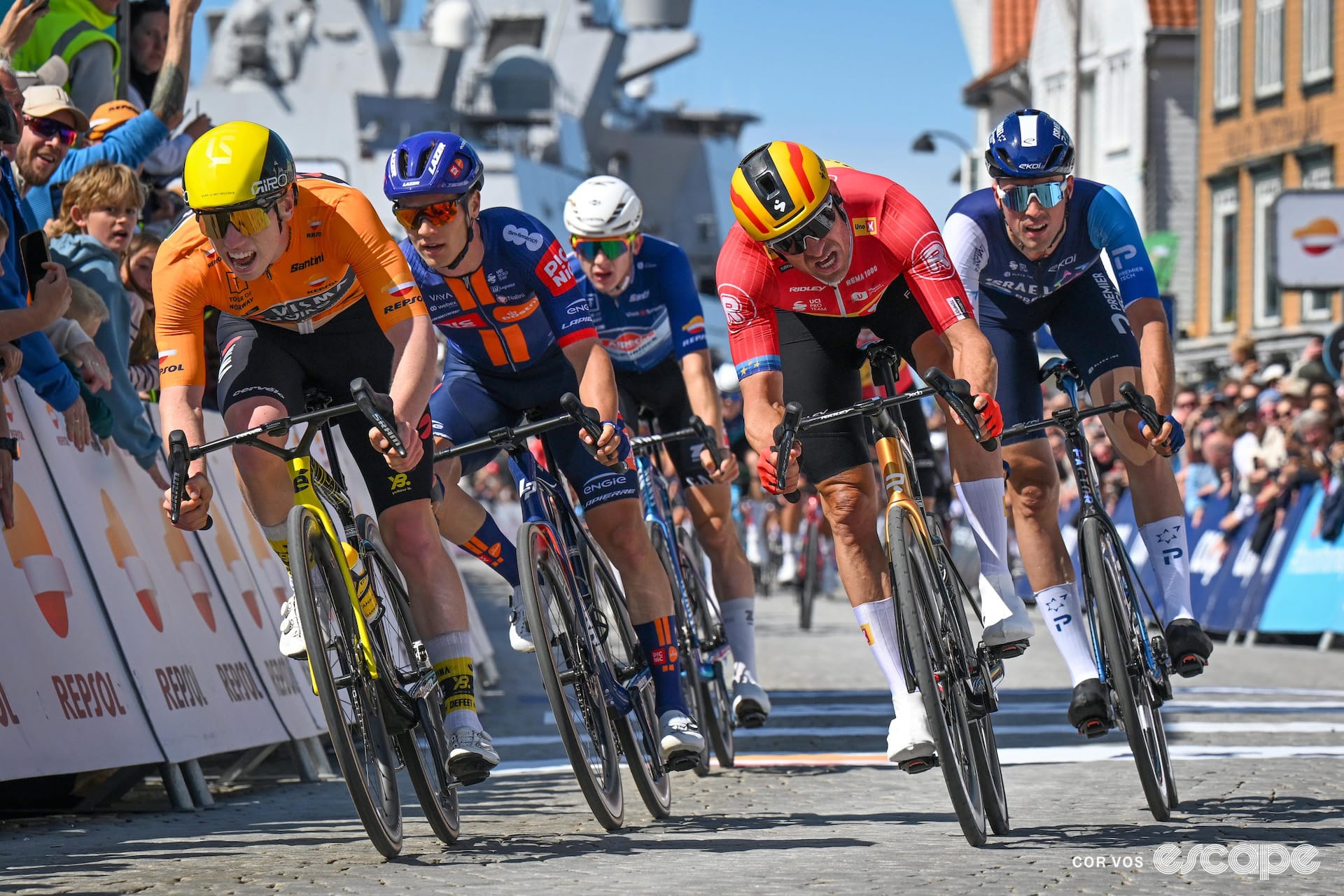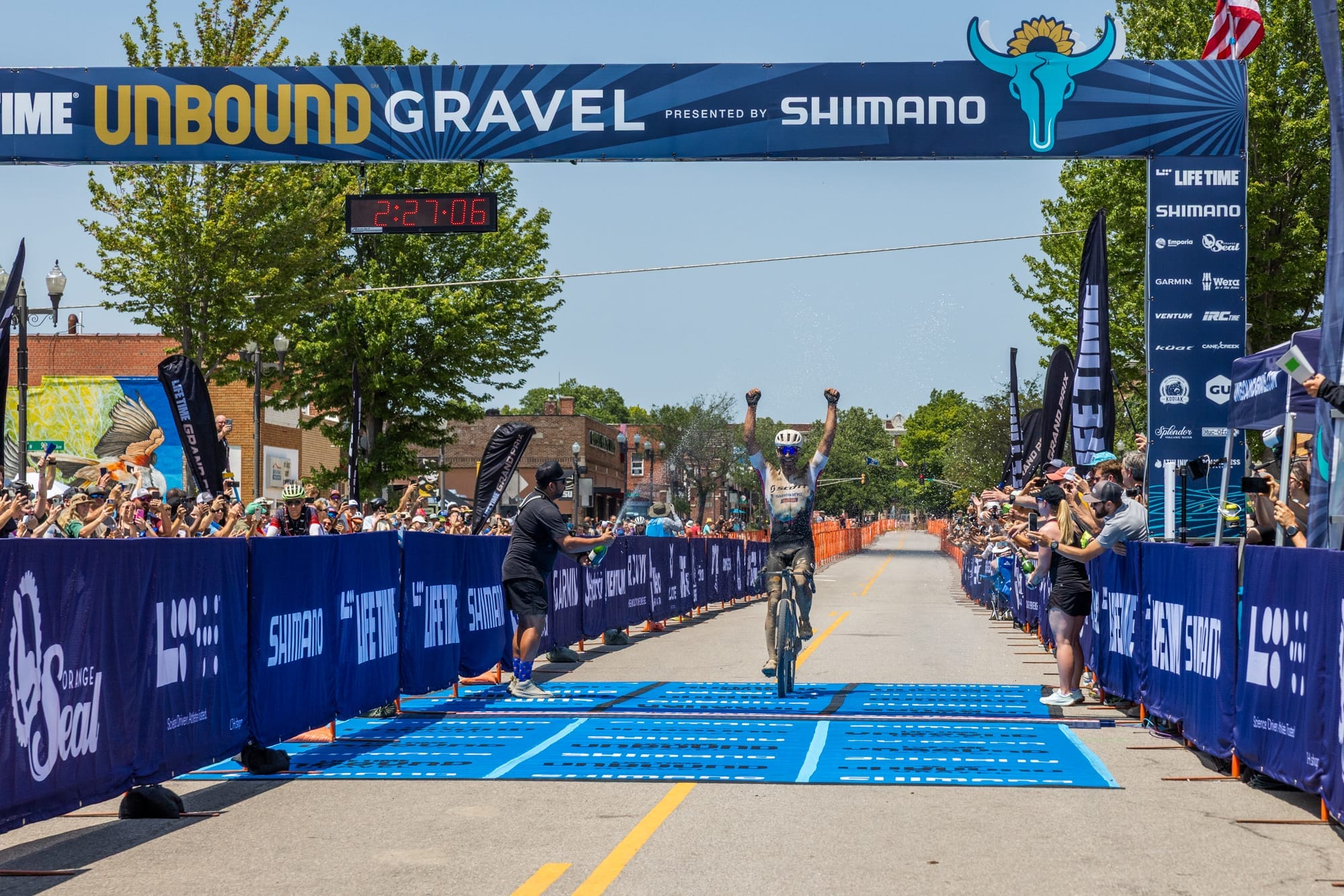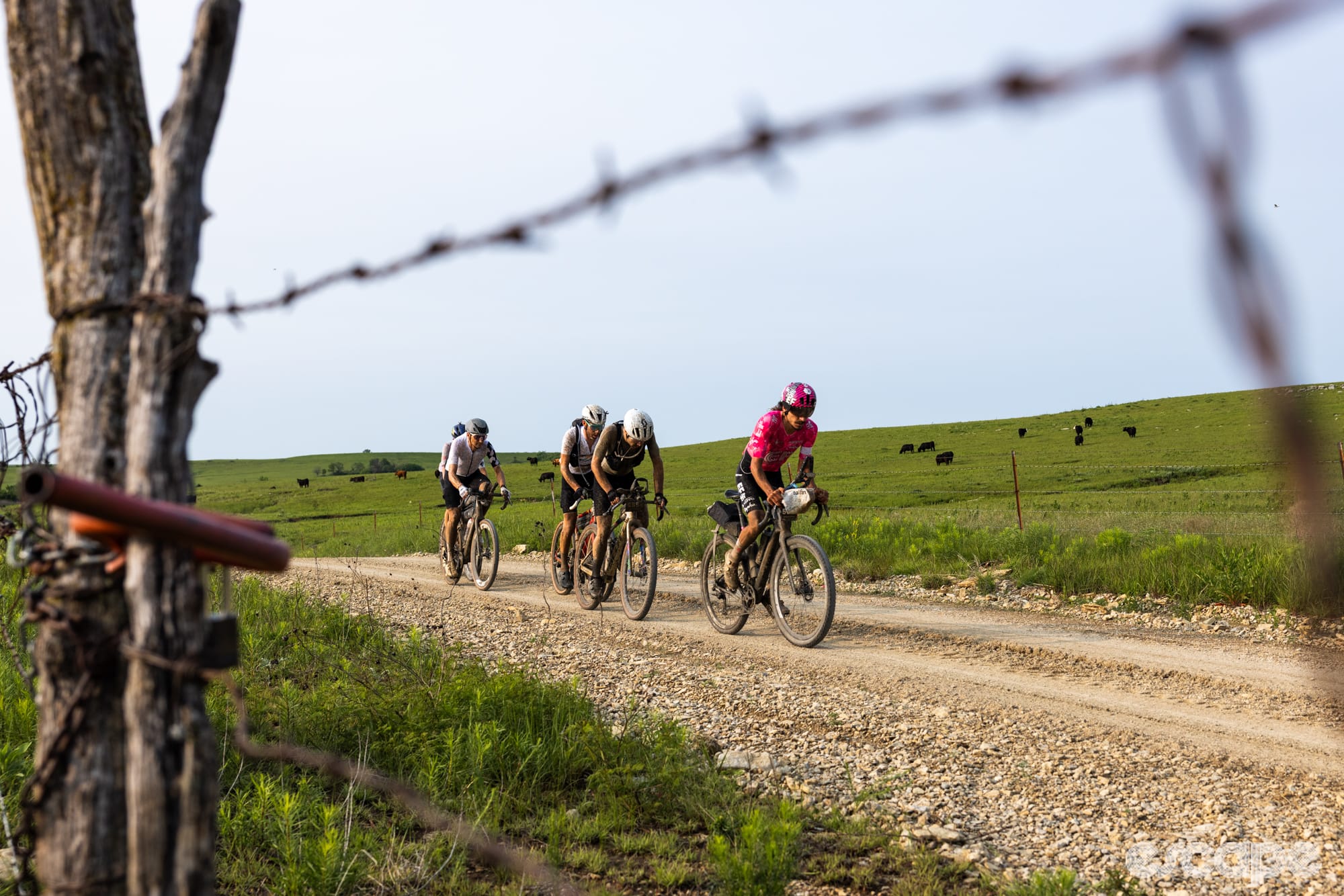Surprise. We are interrupting our usual fortnightly episodes of Performance Process to bring you a bonus episode with Frank Overton of FasCat coaching.
When we announced Performance Process a little under two months ago, we promised we'd bring you some of the insightful conversations we would be having anyway with experts and industry insiders. That's exactly what we are doing in this episode. It's less a performance process and more an insight into an interesting offering. Hence why it is a bonus episode and not a bi-weekly deep dive.
As a long time listener to the Fascat Coaching podcast I was pretty interested when I heard Frank and the team had developed an app for combining wearable sleep data and on bike training metrics to provide a traffic light, red, amber, green, training readiness score for any given day. It was the promised simplicity and actionable insights that really caught my eye. So, when Fascat reached out looking to setup a meeting to tell me more about the Optimize app, I gladly obliged. About two minutes into that call, I decided to start again and this time we'd hit record on the Google Meet. This week's episode is that meeting. Enjoy.
The Performance Process is a members-only podcast from Escape Collective. If you're not a member, you'll need to become one (insider or supporter level both apply – monthly or annual both apply) to listen to the full show. There is, however, a preview of this episode right here ...
If you are a member already, you can subscribe to your personal member-only podcast feed. All the details regarding the one-time subscription sign up are available on this page for signed-in members.
Time stamps for the episode:
3:13 – What does FTFP stand for?
7:13 – What is the Optimize App
8:28 - Measuring recovery
15:14 – Using wearable data and the benefit of looking at trends
24:00 – Using Optimize to manage training day to day
29:19 – Implementing more wearable data
37:10 – Using Optimizie with and without wearables
40:04 – Frank's favourite wearable
43:04 – Using Optimizie without a training plan
Highlights
On the meaning of FTFP:
FTFP is short for follow the f'ing plan.
What it really is, fundamentally, it's about developing good training habits, not just for professional athletes, but for amateur athletes alike. And so we help athletes develop good training habits. And when they do, what we've noticed over the years is they can follow the plan much better, therefore, they can improve much more. And then there'll be much more likely to be happy and reach their their goals.
On TSS and Normalised Power versus OTS, X-Power:
It's (OTS) improved upon TSS for a couple of reasons. So we use a different way of calculating the stress. So number one, we use an exponentially weighted moving average of the power output compared to normalised power, which raises the peaks by an exponent of four, which oftentimes over estimates, a rider's stress. So we use exponentially weighted and we also have a new metric is called an X power.
X power takes into account all the peaks and the valleys, but it's also what you can do in a steady state effort. So a lot of times what we've noticed over the past 15 years, is there's these things called NP busters, normalised power busters, an athlete would crack out like an incredible normalised power, and there's no way in heck, they can do it steady state, like in a time trial, that was causing a lot of overestimation (of FTP). So we just kind of calm that down mathematically in our software. But also, when you go up a canyon, or when you're soft, pedalling, you're not getting any training, you're not doing doing anything for your body. So we don't count zero pedalling time towards towards the measurement of stress, unlike TSS, so those are the two, two primary improvements that we did.
On how Optimize uses wearable data:
The way that we use wearable data is really, it's based on your baselines, and your your seven day trends, your one month trends. And so there's a lot of the wearable manufacturers, they'll penalise you for a poor night's sleep, or, you know, a bad HRV. And it is psychologically kind of messes with riders, and they, they wake up on an important race day, and they've done everything they possibly can by the book, you know, and they get this red score, like messes with their head. And that's no good. That's like what we call a false positive. We don't do that. So you know, most athletes sleep or late the night before the race, they're, they're nervous, or they've been travelling you or they have to like get up really early.
But it's also the seven days before, the seven months before and how's your how's your sleep and your HRV been for that timeframe. And so that's how we kind of arrive at the visualisation score. And so if you're in the red, what we're going to tell athletes is, hey, you know, maybe you need to back it off and recover more than than you thought. And so it really helps athletes, coaches and sports scientists make actionable informed decisions based on what they've done.
On not using all the data available from wearables:
We're trying to simplify things for for athletes. And so we're trying to reduce the noise. The more data you take, and the more noise there is. And so we believe that HRV is a better proxy of recovery than resting heart rate. Resting heart rate is good. HRV is better. And so therefore, when we were designing out the technology, it was like, Okay, let's utilise HRV over resting heart rate.
On deciding when not to FTFP:
A lot of times athletes, they're really driven. And they want to follow the plan. But they need that piece of information that says hey, don't follow the plan today. And they know they feel like crap. And they're big dog tired. And so this gives them the kind of like the reassurance and the confidence to make these changes to their plan based on hey, you know, you've done a lot of good work and you're tired, and you're gonna benefit more from taking a recovery day, then, by going out and having a crappy ride that we already know you're going to be tired from.
It's like having a coach in your pocket to say, you know, let me help you with that decision. Because, yeah, you know, the FTFPers, they just want to follow that plan, they need to be told to not. The thing about the training plans is they look great on paper, and they are, but the body is the boss, they're the driver, and the plans predicate, you're going to recover from all this, but it often doesn't work that way. And so that's why we suck in all the data. And then we use that to help athletes modify the plan as they're going.
All that's left to say is, go forth and be wearable FTFP, dear listener. And don't forget, we have much more over on the whole Escape Collective podcast network.
Did we do a good job with this story?






